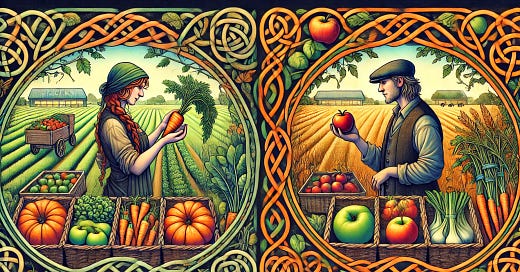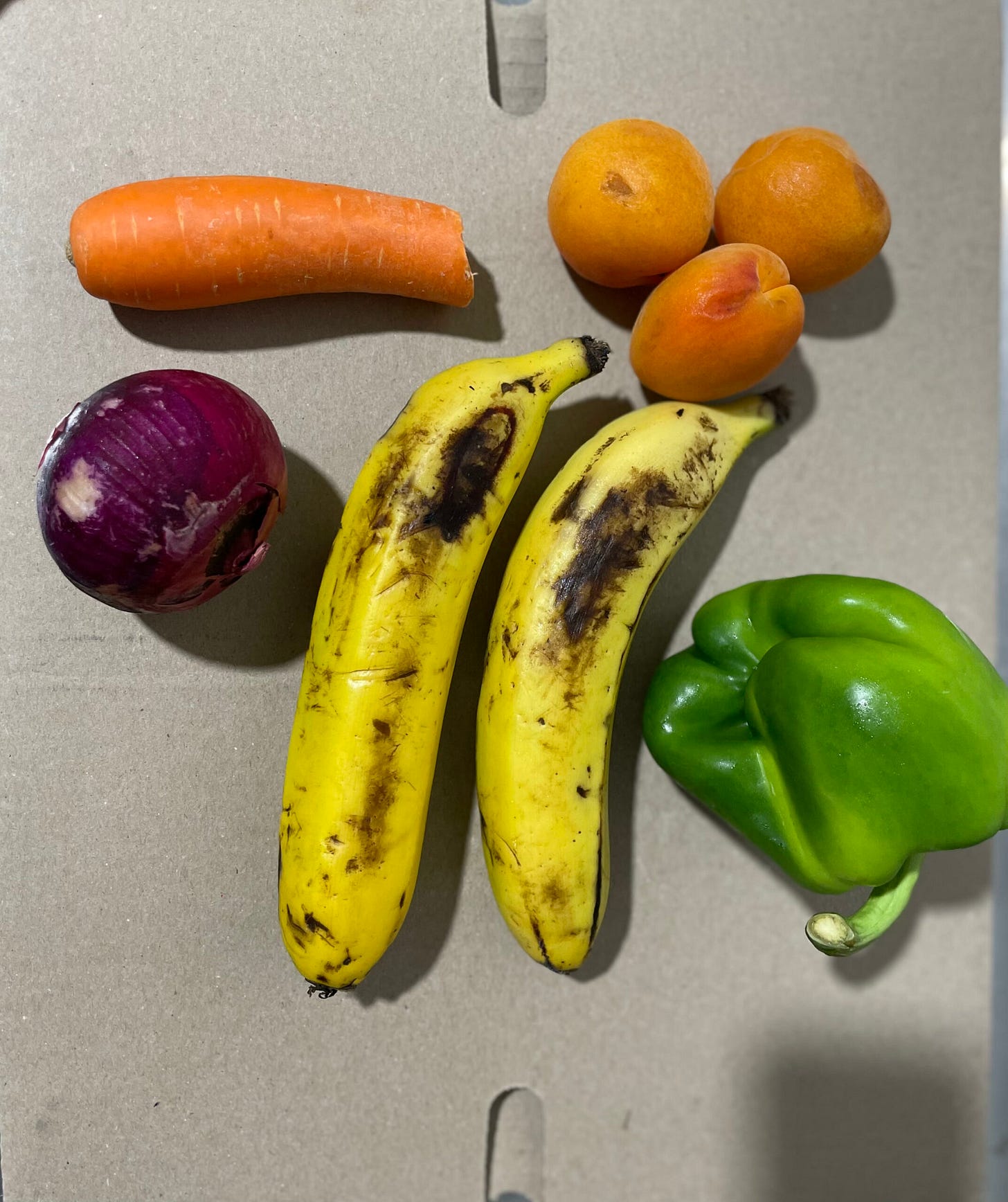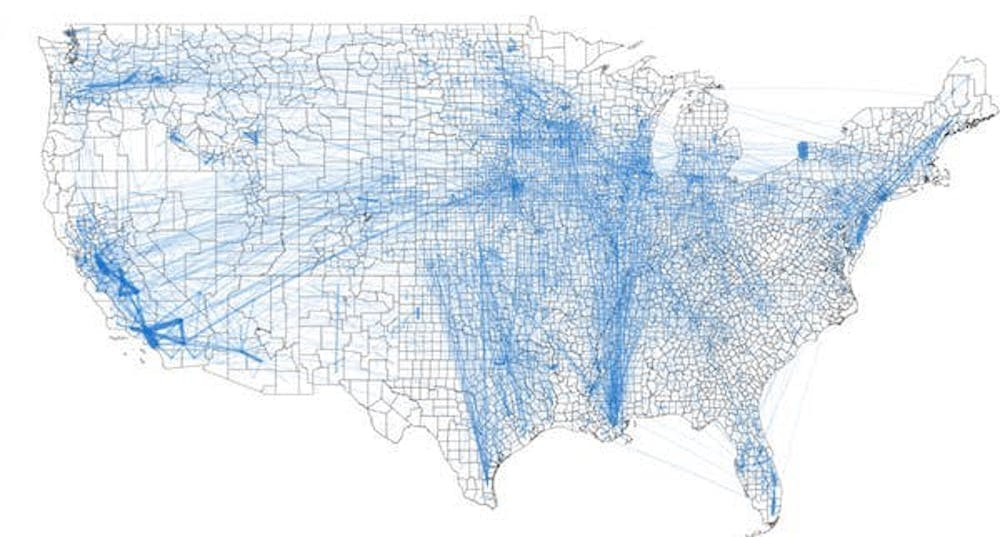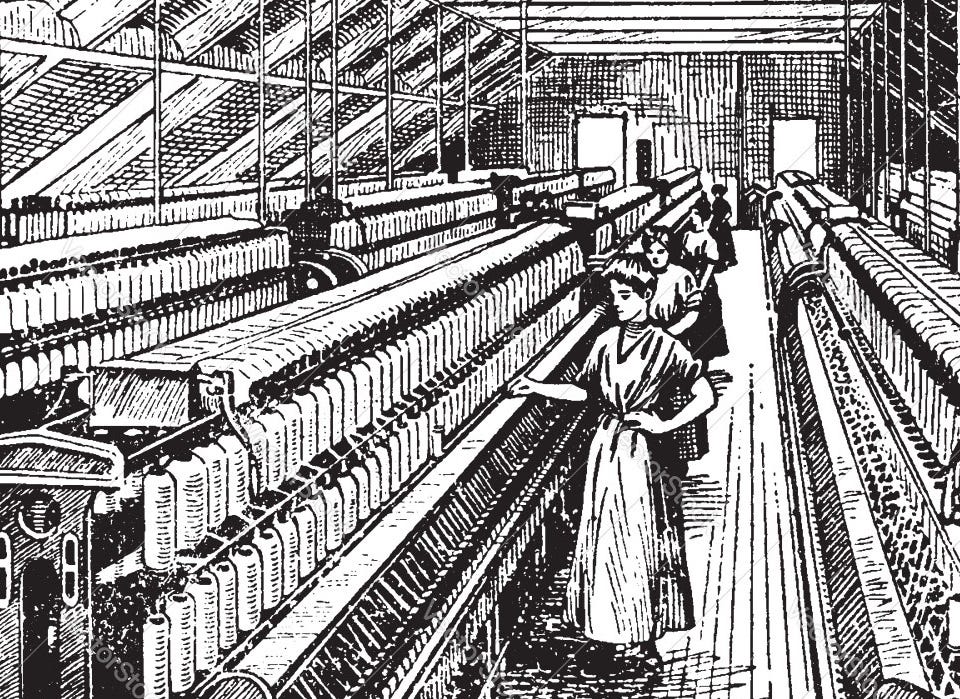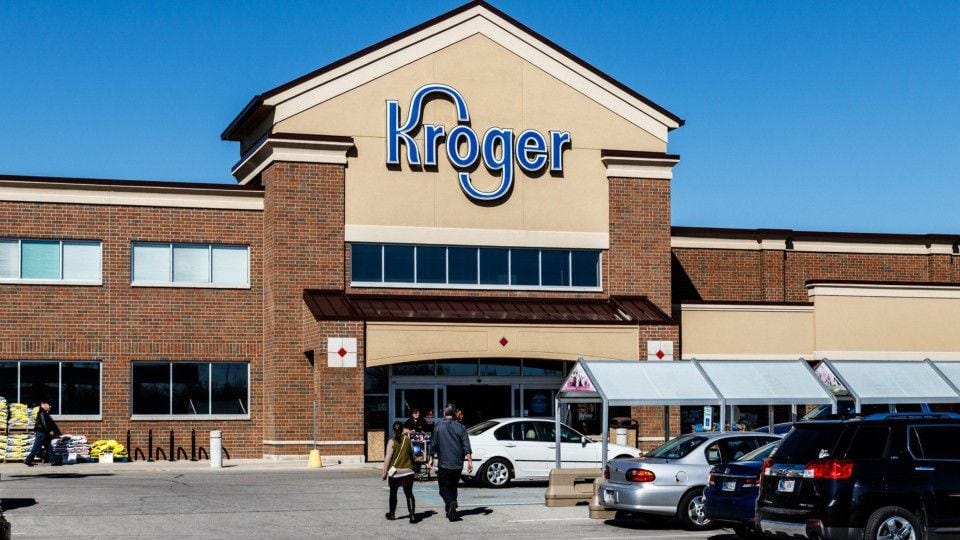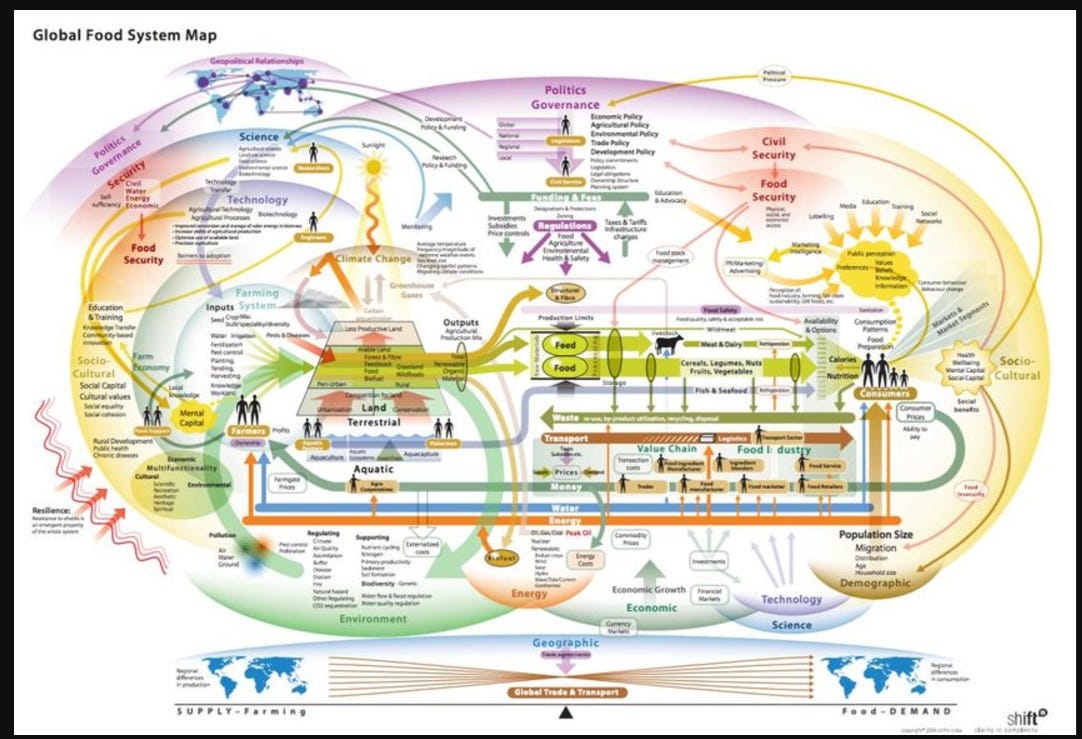As we are called “The Secret Life Of Seeds” why are we focusing on food in this article? Good question and the answer is, without seeds there would be little if any food. And without food (seed delivery mechanisms) there would be few if any seeds. With these things in mind; on we go.
In many countries, a significant percentage of food is wasted at various stages of production, and a large part of this waste occurs because of strict aesthetic standards for produce. “Around 6 billion pounds of produce are wasted annually in the U.S. due to cosmetic filtering alone.”
Here are more details and current status:
Estimates of Food Waste Due to Cosmetic Standards:
1. Global Estimates:
- According to the Food and Agriculture Organization (FAO), approximately 14% of food produced globally is lost before even reaching the retail stage, and a significant portion of this is due to quality and appearance standards.
- 20-40% of produce globally is discarded simply because it doesn't meet visual perfection, even though it is perfectly edible.
Luckily, there are many organizations emerging to help redistribute fresh food that cannot be sold in grocery stores and supermarkets and we have to be honest ourselves; would we buy these if we saw them for sale in a grocery store? Almost certainly, the answer is probably no; sadly.
2. United States:
- In the U.S., the Natural Resources Defense Council (NRDC) estimates that 30% of fruits and vegetables never leave the farm because they are deemed "ugly" or imperfect.
- Around 6 billion pounds of produce are wasted annually in the U.S. due to cosmetic filtering alone.
- According to the USDA, fresh food travels an average of 1,500 miles from farm to table and there is more information on this here. What we don’t know, is how much damage is caused to fresh food during this long-distance travel; often from overseas also.
3. United Kingdom:
- A report from WRAP (Waste & Resources Action Programme) found that up to 25% of crops are rejected each year because of size, shape, or color, even if they are perfectly edible.
- This equates to around 3.6 million tons of produce wasted annually in the UK.
Whilst this waste goes on there are people in the UK living in “fresh-food deserts”. This article from the University of Sheffield addresses this issue.
In the United Kingdom, a significant portion of fresh food is imported to meet consumer demand and ensure year-round availability. Here's an overview:
Fruit and Vegetables:
- Fruit: Approximately 80% of the fruit consumed in the UK is imported. This high percentage is due to the UK's climate, which limits the domestic production of many fruit varieties.
- Vegetables: Around 50% of vegetables consumed are imported. While the UK produces a substantial amount of vegetables, imports are necessary to satisfy demand, especially for varieties not grown locally or during off-season periods.
Overall Food Supply:
- The UK produces about 60% of its domestic food consumption by economic value. This means just under half of the actual food on plates is produced in the UK, including the majority of grains, meat, dairy, and eggs.
Key Points:
- Seasonality: The UK's growing season runs typically from spring to early autumn. During this time, the UK is able to meet a substantial proportion of the country’s demand for fruit and vegetables. This capacity significantly reduces during the cooler months, leading to increased imports to ensure a consistent supply.
- Consumer Preferences: The demand for a diverse range of produce year-round drives the need for imports, as certain fruits and vegetables are not grown domestically or are out of season.
Understanding these dynamics is crucial for discussions on food security, sustainability, and the environmental impact of food transportation.
4. Australia:
- It is estimated that 20-40% of fruit and vegetables grown in Australia are rejected because they don't meet supermarket standards.
Why Does This Happen?
- Retail Standards: Grocery stores enforce strict rules on the size, shape, and color of produce because they believe consumers expect "perfect" fruits and vegetables.
- Consumer Expectations: Many consumers avoid buying misshapen or "ugly" produce, fearing it might be of lower quality, even though it tastes the same and is just as nutritious.
- Harvest and Distribution Inefficiencies: Crops are sometimes discarded during harvest or transportation when they are damaged or bruised, even if they remain edible.
Impact of This Waste:
- Environmental Impact: Food waste contributes to 8-10% of global greenhouse gas emissions, according to the FAO. Much of this waste comes from discarded produce.
- Water and Resource Waste: The resources used to grow wasted produce—such as water, land, and labor—are also wasted. For instance, one apple requires approximately 18 gallons of water to grow, making the loss of rejected fruit a significant environmental issue.
- Hunger and Inequality: Millions of tons of edible food are discarded while millions of people worldwide experience hunger.
Solutions to Reduce Cosmetic Waste:
i. Ugly Produce Campaigns:
- Programs like Imperfect Foods and Misfits Market sell blemished or misshapen produce directly to consumers at discounted prices.
ii. Consumer Education:
- Encouraging consumers to buy "ugly" produce by demonstrating that it is equally nutritious and tasty.
iii. Policy Changes:
- Governments and organizations could implement policies to relax cosmetic standards or incentivize donations of imperfect produce to food banks.
iv. On-Farm Use:
- Farmers can use rejected crops as animal feed, compost, or bioenergy feedstock rather than letting them rot in the field.
Shifting societal expectations and reducing waste in pursuit of perfection are critical steps toward a more sustainable food system.
How Did We Get Here?
The drive to perfect fresh food for sale is a relatively modern phenomenon, rooted in a combination of historical, cultural, and economic trends. Here's an overview of when and why this shift began:
1. The Industrial Revolution (18th-19th Century)
- Mechanization and Urbanization:
- As populations moved to cities, people became increasingly disconnected from the agricultural origins of their food.
- Mechanized farming and transportation required produce to be more uniform in size and durability for efficient packing, storage, and shipping.
- Standardization:
- Industrial processes emphasized uniformity and efficiency, leading to the beginnings of standardized grading for food products.
2. The Rise of Supermarkets (1930s-1950s)
- Introduction of Large-Scale Retailing:
- The first supermarkets, starting in the 1930s, offered convenience and a wide variety of goods under one roof. To attract customers, these stores emphasized the visual appeal of their produce displays. This is believed to be the first supermarket in the USA.
- Competition: Grocery stores began competing not only on price but also on aesthetics, favoring perfectly shaped and colorful produce that would catch the consumer's eye.
- Post-War Affluence:
- After World War II, economies in many Western countries grew, and consumer habits shifted toward purchasing "aspirational" goods, including pristine-looking food.
3. Government Grading Standards (Mid-20th Century)
- USDA and Other Regulatory Bodies:
- Organizations like the United States Department of Agriculture (USDA) and equivalents in other countries introduced grading systems for produce, often based on size, shape, and appearance.
- These standards were created partly to help streamline the market and ensure consistency in wholesale and retail transactions.
- Export and Trade Standards:
- International trade agreements started to require standardized produce to facilitate global markets, further pushing the emphasis on appearance.
4. The Advertising Boom (1950s-1970s)
- Television and Marketing:
- Post-war advertising depicted the idealized "American dream," which extended to food. Pristine, glossy produce became a symbol of abundance and prosperity.
- Cookbooks and food magazines emphasized perfection in food presentation, creating a cultural expectation for perfect-looking ingredients. It is good to support those involved in preserving older books and publications.
5. Globalization and Supermarket Chains (1980s-1990s)
- Global Supply Chains:
- Produce began to be sourced globally, requiring longer transportation and shelf lives. Uniformity became crucial for packing and consistent branding across regions.
- This period saw the rise of multinational supermarket chains, which imposed strict cosmetic and size standards on suppliers to maintain a "universal" look for their products.
- Retail Dominance:
- Retailers, rather than farmers or consumers, gained significant influence over what produce was acceptable, reinforcing the rejection of misshapen or blemished goods.
6. Consumer Behavior and Modern Marketing (21st Century)
- Social Media:
- In recent years, social media platforms like Instagram have further heightened the focus on the visual appeal of food, perpetuating the preference for perfect produce.
- Health and Wellness Trends:
- Marketing around health-conscious eating often features perfect, colorful fruits and vegetables, reinforcing the aesthetic ideal.
Cultural Shifts Over Time
While food appearance has always played some role in human preferences, the degree of standardization and the rejection of "imperfect" produce is a byproduct of modern industrial and retail systems. Historically, people consumed what was available locally, regardless of appearance. With the rise of mass production and global distribution, visual appeal became a marker of quality and a tool for branding.
This is a global food system flow-chart/map which you can find more details on here.
Signs of Change
There is better news emerging as interestingly, the trend may now be reversing slightly. With the rise of sustainability awareness and movements like the promotion of "ugly produce," there is growing consumer demand for produce that prioritizes taste and nutrition over appearance.
As always, thank you very much for reading to the end. We will continue to publish free content and will soon announce what a paid subscription delivers. However, as we say, the free subscription will continue.

